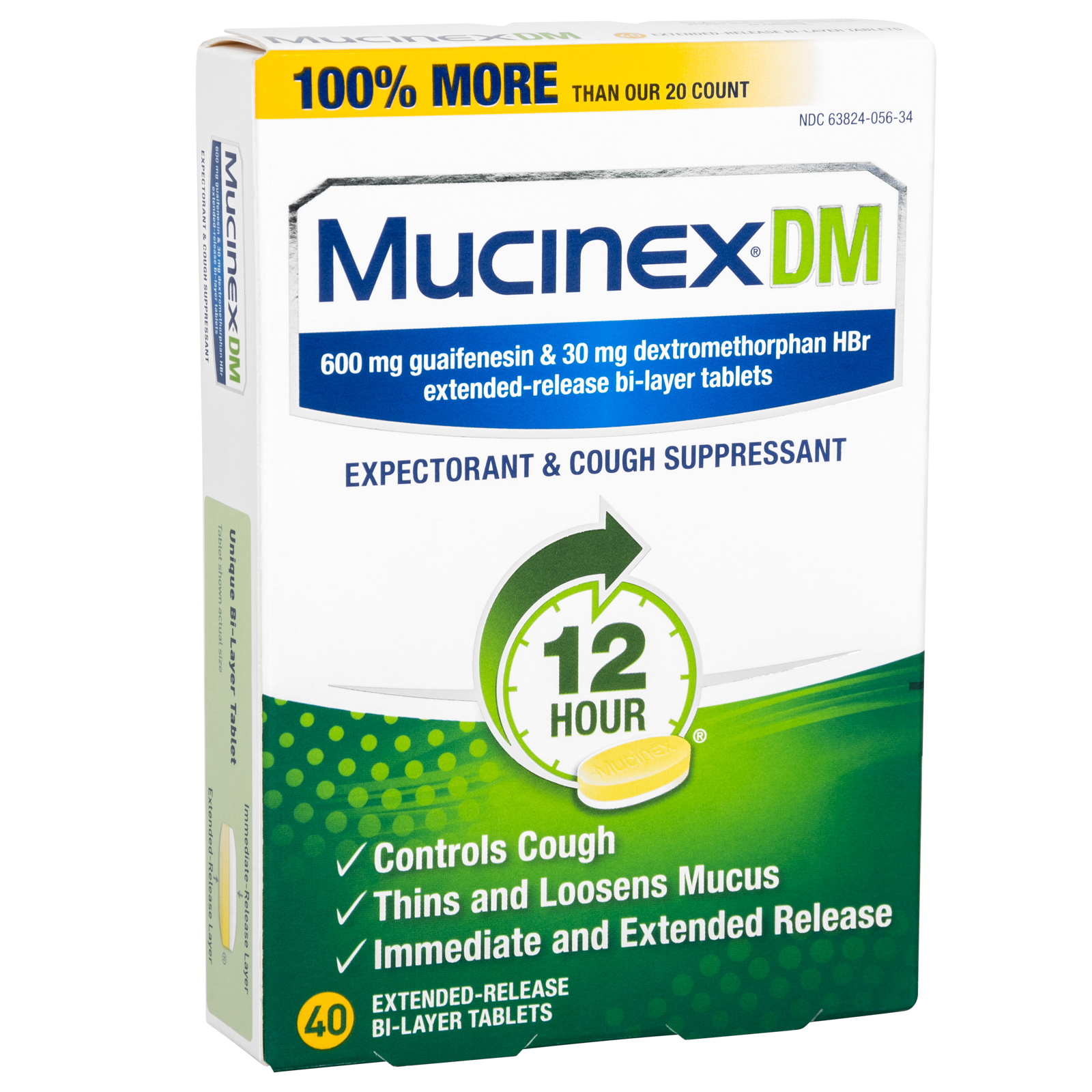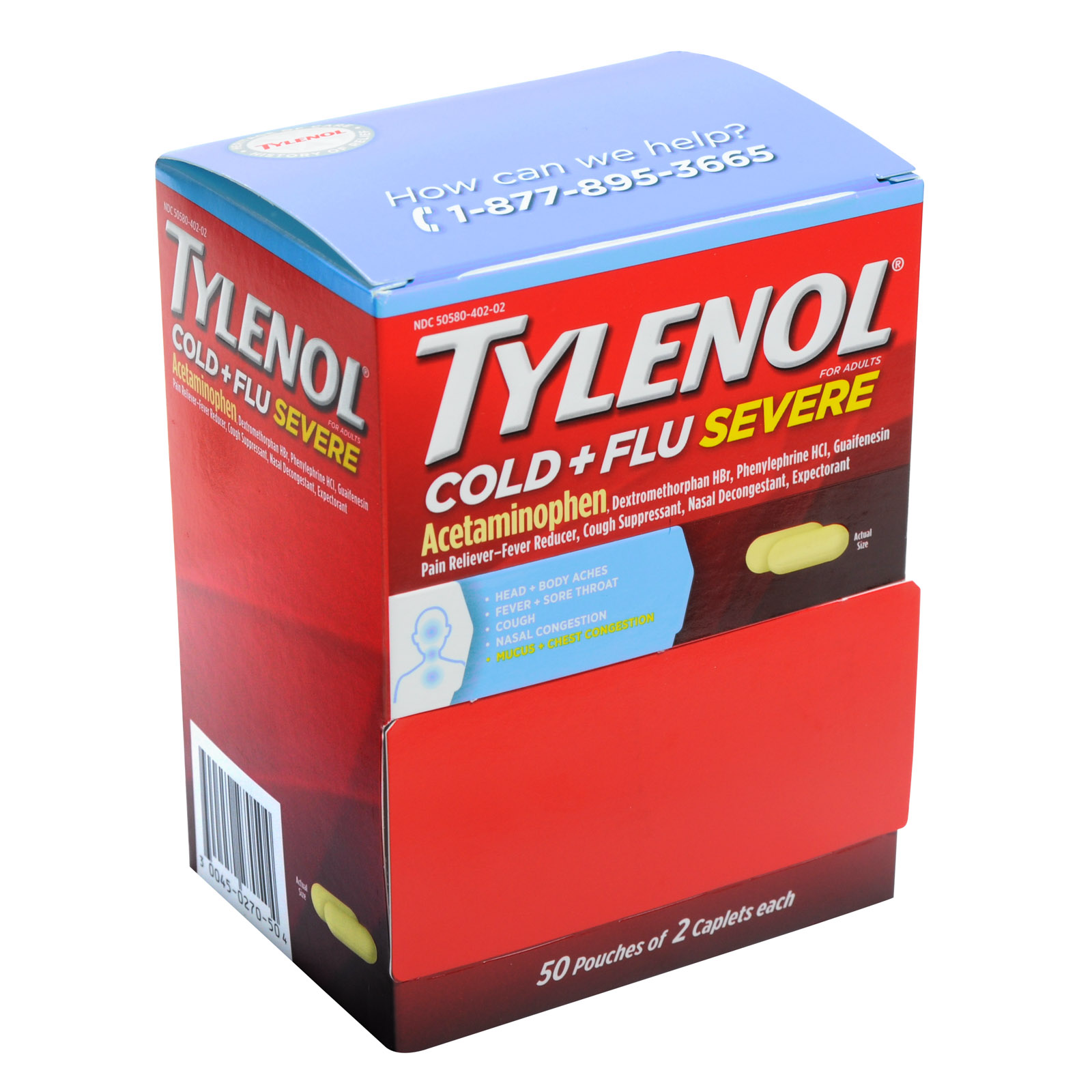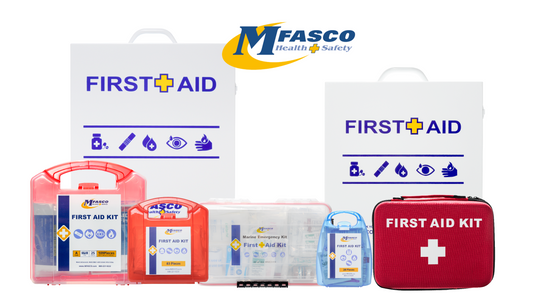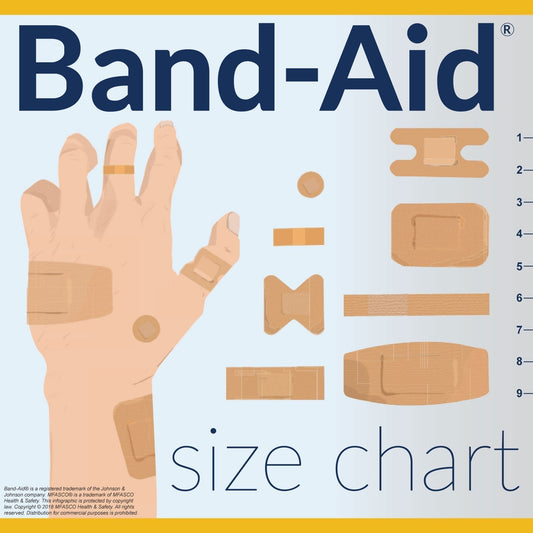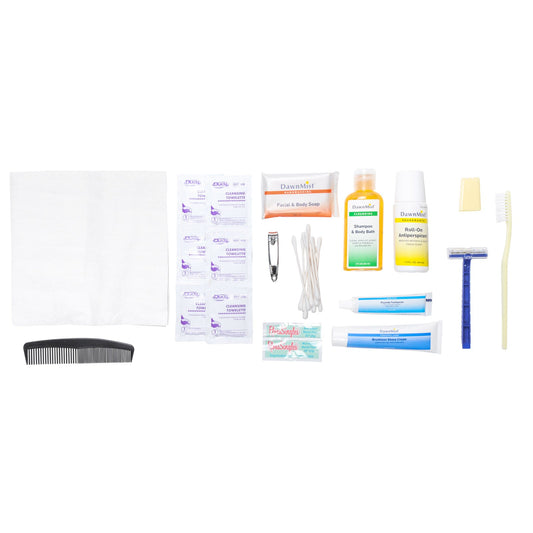What is the Difference Between a Cold and the Flu?

Determining the difference between the common cold and the flu can be difficult. Because they share many of the same symptoms, they can easily be mistaken for one another. It is important to know the difference between these two common illnesses so the right treatment can be applied. Let's take a look at several signs that might help you determine the difference between a cold and the flu.
What time of the year is it?
If you have severe cold symptoms between the late fall and early spring, your odds of having the flu significantly increase. The common cold is passed around all year long but the flu generally takes place from October to March.
Cold symptoms are usually milder than the flu
If you have mild congestion, coughing, headaches, and sneezing, the chances you have a cold are more likely. Flu symptoms are generally more severe than cold symptoms. Aches, pains, fever, and congestion will converge quickly with the flu.
"36,000 Americans died last year because of the flu."
Higher temperature for a longer duration
If you have a high temperature (over 101.1) the flu is more likely your ailment. Not only will your temperature usually be higher with the flu, but it will generally last longer too.
Flu symptoms stay with you longer than a cold
Not only does a temperature stay with you longer, but most flu symptoms outlast cold symptoms by days or even weeks. The typical cold can make you feel lousy for several days while flu symptoms can make you feel downright sick for weeks.
The color of mucus can reveal the cold or flu
If you have had a cold for over a week and wake up with dark green mucus coming from your nose, you may have a bacterial infection and will need an antibiotic.
Treat your illness seriously
Last year, 36,000 people in the United States died because of the flu and over 200,000 people were hospitalized. Monitor your health carefully. If you experience chest pain, severe headaches, dizziness, confusion, or shortness of breath, seek immediate medical attention. If you have difficulty breathing, are lethargic, or have rapid breathing, your body may be in distress and immediate medical attention is required.
How to fight the cold and flu
There are several ways to help fight the spread of the cold and influenza.
- Wash your hands
- Always cover your cough with your arm.
- Stay away from sick people when possible
- Get the flu shot
- Eat healthy & exercise
All of the above will help you fight the cold and influenza.
Flu Related Medicines & Accessories
Tylenol Cold & Flu Sever 50 x 2
Allergy Relief Medicines
Cold Cough & Sinus Medicines
Additional Resources About Cold & Flu
How to Help Fight The Flu
HR Needs To Prepare for the Flu
Disinfecting Hard Surfaces For Workplace Health
Contributing Expert

Mike Brinker
Mike Brinker has been working in the first aid industry for over 35 years. He has worked with thousands of businesses,groups, and organizations to provide a healthy and safe work environment. Mike helped create “Make-A-Kit”, the internet's only online first aid kit creation tool. He has also authored many helpful first-aid and safety-related resource articles found at the MFASCO Learning Center.


